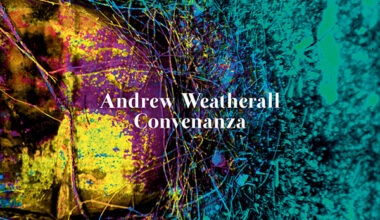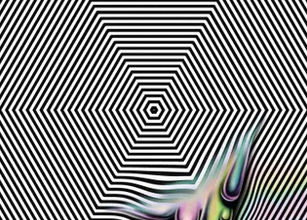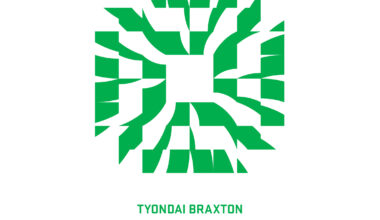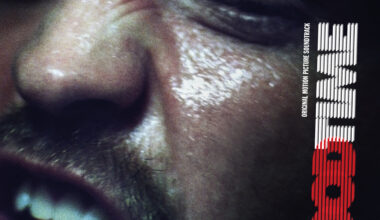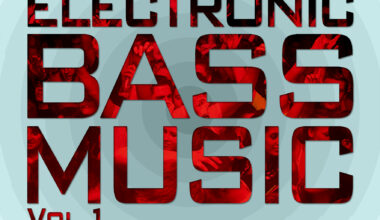An avant-classical piano suite from the multi-talented performance artist/musician

Delia Gonzalez’s previous album for DFA was the 2005 analogue synth project ‘Days Of Mars’ with long term collaborator Gavin Russom, which yielded remixes from Carl Craig and Baby Ford. In stark contrast to that work, ‘In Remembrance’ is an altogether more classically artistic endeavour, but this is perhaps fitting for someone who is as involved with performance art as she is with music.
Scored almost entirely for piano, ‘In Remembrance’ is both beautiful and subdued. The 30-minute work was originally created to accompany a series of four films of graceful ballet dancers. It was first performed at the Galleria Fonti in Naples in 2010 and then at similar gallery locations in Cologne and Zurich in 2012. By the time the show transferred to Manhattan’s Clocktower Gallery in 2013, Gonzalez’s music had been replaced by electronic interpretations by Bryce Hackford and Alice Cohen, both of whom operate in similar multi-disciplinary scenes as Gonzalez.
This release eschews the Hackford and Cohen versions and presents the four compositions as layered piano pieces. Only the third track, ‘III’, seems to betray the involvement of any obvious electronic intervention, thanks to a bed of elusive atmospherics and a vague semblance of a rhythm underpinning Gonzalez’s note clusters and melodies. By contrast, ‘IV’ displays a dramatic, repetitive urgency, a more grandiose and dynamic quality compared to the levity and intrigue offered elsewhere. The association with dance brings to mind John Cage’s frequent work with the Merce Cunningham Dance Company, but even with out of place notes, discordance and faltering passages, Gonzalez’s pretty articulation here belongs more appropriately to the Erik Satie school of melodic possibility.
It would have been good to hear the Clocktower Gallery versions, but instead ‘In Remembrance’ is padded out with remixes by Bryce Hackford. Unfortunately, these initially subject Gonzalez to murky ambient revisions, turning her distinctive piano sections into watery textures with foundations built from a minimal techno pulse. It’s always interesting to hear something moved so far from its initial state, but Hackford’s first couple of mixes suffer from forcing the music onto a predictable grid. Still, at least hearing these treatments makes you begin to fully appreciate the live and organic quality of Gonzalez’s performances earlier in the collection.
Hackford’s basic conceit is to sequence his remixes with a DJ’s sensibility so that they rise out of ephemerality to something much more concrete, while still retaining the feel of being in a clinically white-washed gallery space. The most successful is perhaps ‘Remix III’, which builds across its 11 minutes to a robust acid hybrid featuring copious manic filtering alongside unchanging loops of Gonzalez’s notes. This being the obligatory euphoric high peak of his set, Hackford’s ‘Remix IV’ takes the expressive playing of the original and makes that the centrepiece of a classic deep house cut, offering a laid-back conclusion to proceedings.
